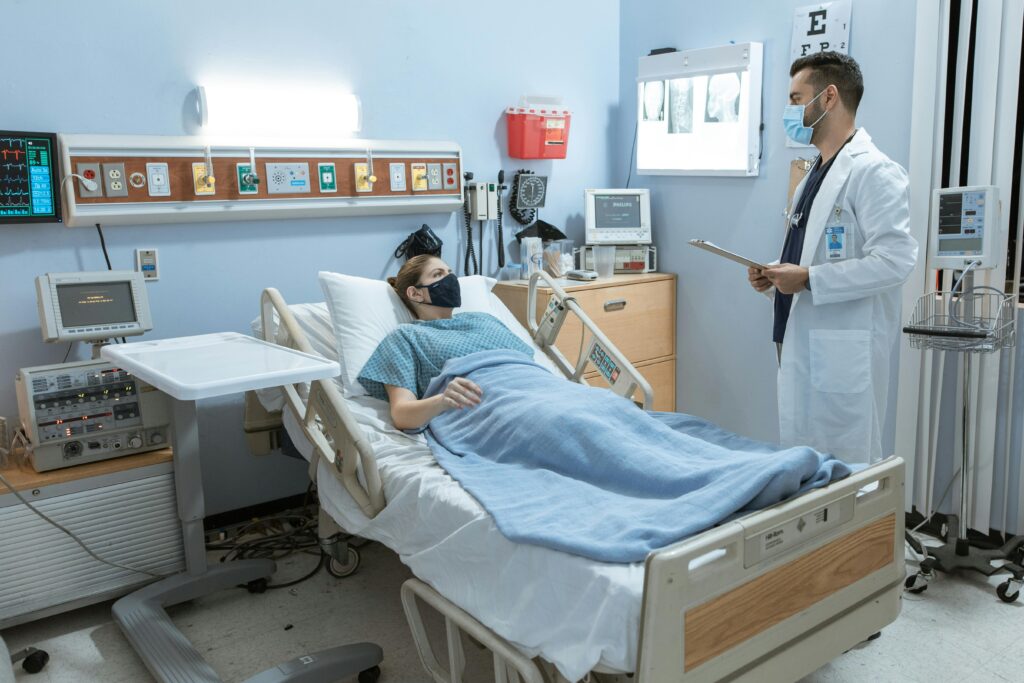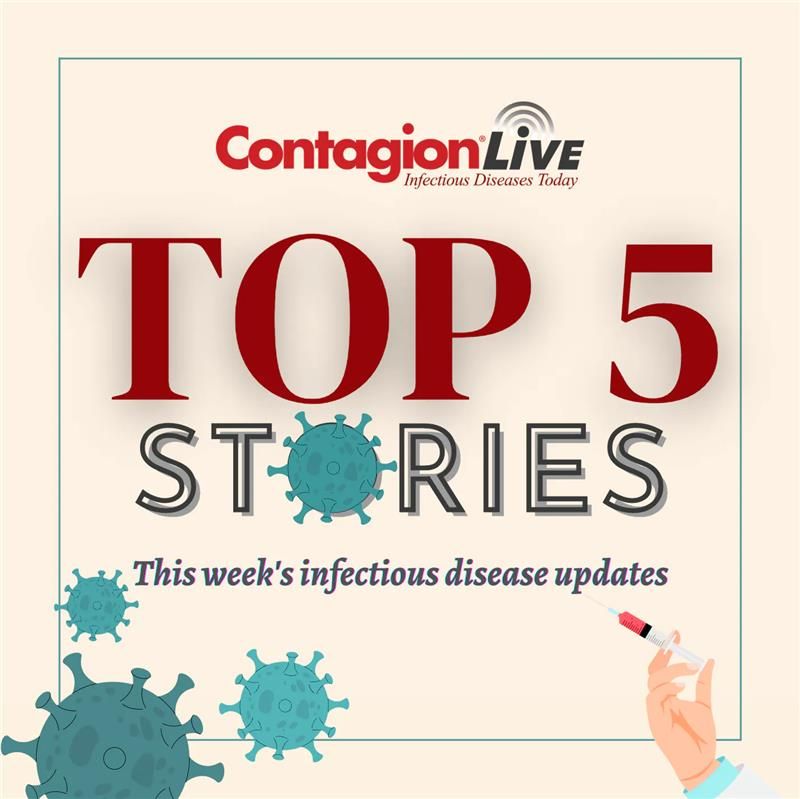Image credit: RDNE, pexels

The early days of the Omicron predominant period continued to see high incidence rates of COVID-19 that included severe infections, hospitalizations, and mortality. For their part, healthcare workers (HCWs) were always in close proximity to patients with severe infection, and consequently in harm’s way. As such, HCWs saw a large incidence rate of active infection as a population.
According to 1 study done in the early period of the pandemic beginning from the time no vaccines were authorized, and extending through until nearly a year after the vaccines had been initially rolled out (December 2020), HCWs took up a large percentage of confirmed cases. In fact, of the 6,271,313 laboratory-confirmed COVID-19 cases reported during January 1, 2020–October 12, 2021 to the Centers for Disease Control and Prevention, 7.02% (440,044) cases were in HCWs.1
A new study published in Open Forum Infectious Diseases this week showed significantly lowers odds of active symptoms in HCW who had experienced COVID-19 and received an additional COVID-19 dose.
“Participants with COVID-19 who had received a subsequent vaccination had lower odds of symptoms at 6 weeks (adjusted odds ratio [aOR] 0.55, 95% confidence interval [95% CI] 0.43–0.70), but this relationship was not observed in those without COVID-19 (aOR 0.87, 95% CI 0.59–1.29),” the investigators wrote.2
The former group had a 45% reduction in symptoms vs the latter group who experienced just a 13% reduction.
What You Need to Know
During the early days of the pandemic, HCWs represented a significant portion of COVID-19 cases in the United States.
The study found that HCWs who had COVID-19 and received an additional vaccine dose had significantly lower odds of experiencing symptoms at 6 weeks (45% reduction) compared to those without COVID-19.
Initially, the goal of COVID-19 vaccines was to prevent infection, but as the pandemic progressed, their primary function shifted to reducing the severity of illness and mortality.
Study Specifics
The enrollment period for participants at the time of COVID-19–like symptoms was from December 19, 2021 to April 27, 2022. The investigators had enrolled a total of 2478 HCWs, and of this group, 1422 (57%) had COVID-19. They reported, “the prevalence of symptoms at 6 weeks was 26% (n=373) in those with COVID-19 and 18% (n=195) in those without COVID-19. Fatigue (11%) and difficulty sleeping (7%) were most strongly associated with COVID-19. A total of 1643 (66%) of participants had received a subsequent vaccine dose (after the primary series).”
Prospective Study Takeaways
This study may offer a glimpse of the evolving variants and public health goals for prophylactic measures regarding preventing infection.
The original goal or hope of the COVID-19 vaccines was to prevent infection completely, and that changed over time and morphed into preventing severe infections and potential mortality.
This study mirrored what was happening in the world at that time with regards to the virus and vaccine protection. Many people were getting COVID-19, but the vaccine was protecting against more serious infection. “COVID-19 vaccination might lead to fewer 6-week symptoms among persons with symptomatic infection because of its effect in attenuating the severity of acute illness,” the investigators wrote.2
References
1.Lin S, Deng X, Ryan I, et al. COVID-19 Symptoms and Deaths among Healthcare Workers, United States. Emerg Infect Dis. 2022;28(8):1624-1641. doi:10.3201/eid2808.212200
2.Nicholas M Mohr, Ian D Plumb, Eliezer Santos León, Malea Pinckney, Karisa K Harland, Anusha Krishnadasan, Karin F Hoth, Fernand Rwamwejo, John P Haran, Melissa Briggs-Hagen, Eric Kontowicz, David A Talan, for the Project PREVENT Network , Symptoms 6 Weeks After COVID-19 are Reduced Among US Healthcare Personnel Receiving Additional Vaccine Doses during the Omicron Period, December 2021–April 2022, Open Forum Infectious Diseases, 2024;, ofae545, https://doi.org/10.1093/ofid/ofae545








snyult
y6u6tc